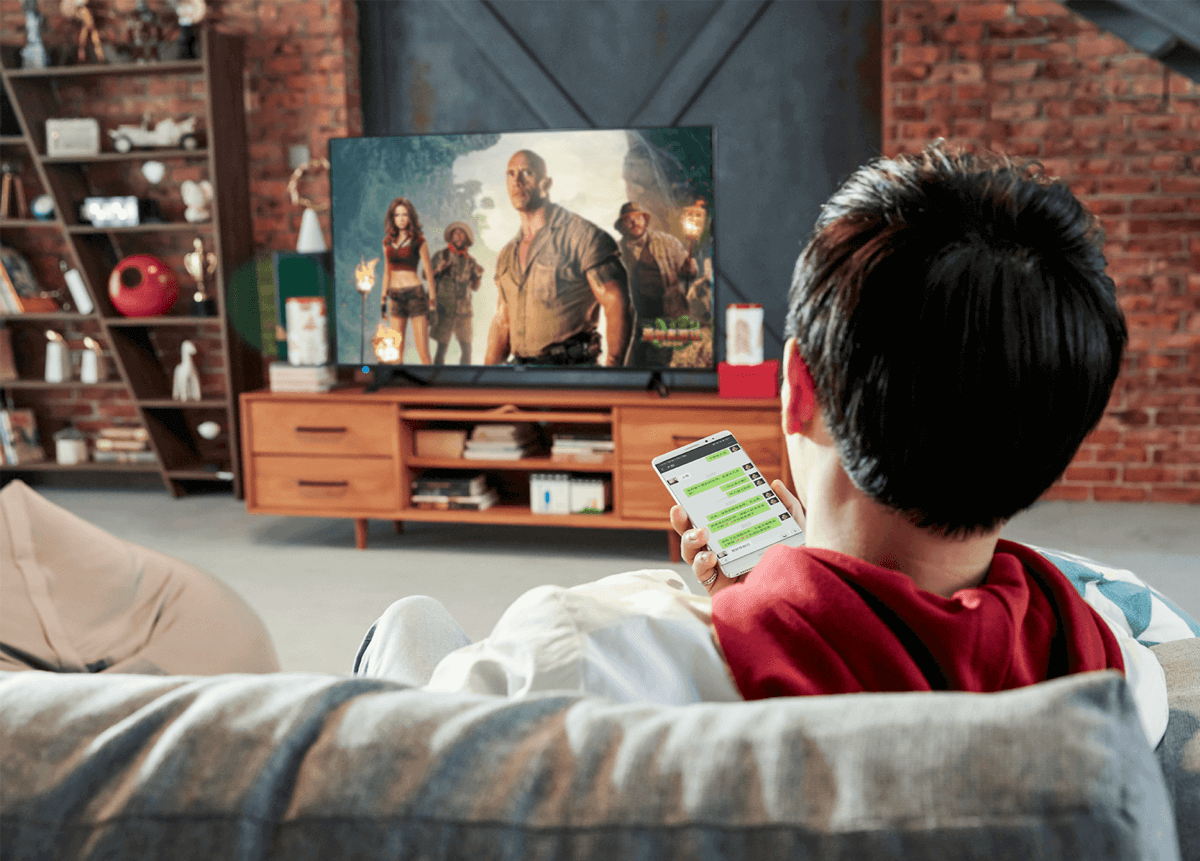Mobile Screen Mirroring: The Efficiency “Game-Changer” in the Mobile Office Era
We use smartphones to handle work every day: replying to emails, approving workflows, checking reports, and even editing documents. However, when team collaboration and presentations are needed, the small screen becomes a bottleneck. Mobile screen mirroring technology is precisely the “game-changer” that breaks this bottleneck and maximizes mobile office efficiency.
I. Role Transformation: From “Sharing” to “Productivity”
In the past, mobile screen mirroring was mostly used to share entertainment content such as photos and videos. But in the mobile office era, its role has undergone a fundamental transformation. With the leap in smartphone processing capabilities and the popularity of cloud office software, much work can now be completed directly on mobile phones. At this point, mobile screen mirroring has become a key link to “connect” the computing power of mobile phones to large-screen displays, instantly turning the phone into a core productivity tool.
II. Typical High-Efficiency Scenarios for Mobile Screen Mirroring
1. Last-Minute Plan Adjustments
When you receive revision comments from your boss on the way back from work, simply return to the office, mirror the document on your phone to the large screen via mobile screen mirroring, and make edits and annotations directly using the touchscreen. This is far more efficient than restarting a computer and searching for files.
2. Cloud Collaboration Presentations
All work documents are stored in the cloud drive. When meeting with clients, there’s no need to carry a laptop or USB drive—just connect your phone to the client’s conference room wireless screen mirroring device, and you can pull up cloud-based PPTs for presentation. It’s professional and convenient.
3. Mobile Data Visualization
Sales directors can mirror real-time data reports from mobile BI (Business Intelligence) apps to the conference room large screen via mobile screen mirroring, conducting dynamic data analysis with the team. This makes the decision-making process much more intuitive.
4. Lightweight Multi-Screen Collaboration
In small-scale discussions, multiple people take turns mirroring their phone screens to the same display, comparing plans and collecting feedback. This enables content-centered lightweight collaboration.
III. Keys to Achieving the Best Experience
To get the best mobile screen mirroring experience, pay attention to two points:
1. Network Environment
Ensure both the mobile phone and the mirroring receiver are connected to the same stable, high-speed Wi-Fi network. For enterprise-level deployment, it’s recommended to use a dedicated wireless network SSID to guarantee performance.
2. Receiver Capabilities
The wireless screen mirroring receiver in the conference room (such as a conference tablet or mirroring box) needs to have good compatibility and support protocols like AirPlay, Miracast, and Google Cast to cover all types of mobile phones.
Mobile screen mirroring greatly unlocks the potential of mobile office. It transforms the smartphone from an information silo into a productivity tool that can connect to large displays anytime for efficient creation and collaboration. Embracing mobile screen mirroring means embracing a more flexible and efficient way of working in the future.
